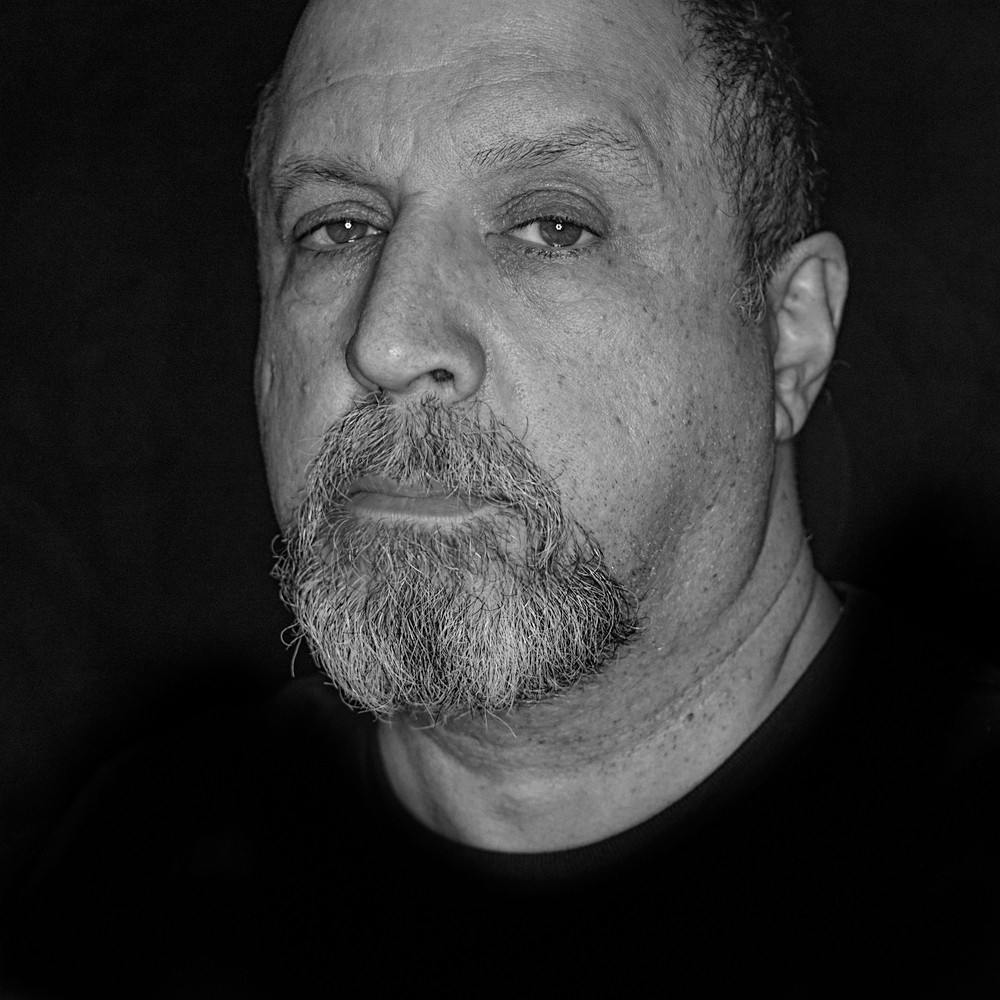When he was born, the first sight Alfredo Marin-Carle saw while slipping into the arms of his Catholic midwives was his father’s paintings.
Marin-Carle has taught at Ball State for 30 years and plans to retire after this semester. Creativity is a family legacy for the journalism-graphics associate professor.
"It's in our blood," he said.
Marin-Carle’s mother was a tap dancer, while his siblings and father, Augusto Marin, were artists. Augusto was so revered in his home of Puerto Rico that the governor issued an order that the island's flags be lowered to half-staff for the three days following Augusto’s death.
Marin-Carle grew up admiring his father. During Marin-Carle’s senior year of high school, he was drafted into the military and fought in the Vietnam War. His parents didn’t agree with the order, but Marin-Carle didn’t protest.
"My love for photography started in Vietnam," said Marin-Carle.
He bought his first camera at a post exchange store for soldiers at Bien Hoa Air Base. His fellow soldiers were his models. By the time Marin-Carle left the military, he had earned the rank of sergeant.
Marin-Carle continued to pursue art by earning his bachelor and master’s degrees in painting and drawing respectively.
In 1985, Marin-Carle began working at Ball State as an assistant professor in the School of Art. After five years, Marilyn Weaver, the associate department chairperson of journalism at the time, gave Marin-Carle the opportunity to apply for the position of graphics instructor in the journalism department.
When Marin-Carle started in his position as a graphics instructor, the program was very different than what it is today. Firstly, the technology itself was massive and slow—students still had to design by hand. Class sizes were also small. Now, students design for tablets or the web.
He’s left a lasting impression on some journalism students and faculty.
“[What I] admire most about Alfredo is he comes from different life experiences than others,” Megan McNames, a journalism instructor, said. “He is supportive of creativity and letting students express their own emotions.”
Currently, Marin-Carle teaches the introductory journalism design class. Some of his students are inexperienced, but they appreciate Marin-Carle’s teaching approach.
“He always comes to class with a smile on his face and tries to make the class interesting,” Kiera Courtney, a freshman public relations major, said. “[Learning] about typography for example—it’s a boring topic for a lot of people but he tried his best to get through it and get to the fun part of the class.”
Even students who have not taken a class with Marin-Carle, like freshman journalism-news major Jake Thomas, have heard about his jokes and Marin-Carle’s willingness to have fun.
“The fact that I’m working with young minds over the years keeps my mind young too,” Marin-Carle said.
Marin-Carle said the key for any student pursuing a career is to “seek the truth.” As long as someone is persistent, has perseverance and has fun with what they are doing, they should have no problem, he said.
“Stick to the truth and stick to what you like to do,” he said.
It’s what Marin-Carle has done. He’s never stopped creating his own art. Currently, he photographs portraits of aging men and a few women. During the conversations he has with them, he captures their facial expressions. He uses dramatic lighting to see the detail in the faces of his subjects.
He also keeps up with his other passion: his family. That’s why, when Marin-Carle retires, he plans to move to a studio apartment in Indianapolis with his wife to be closer to his grandchildren.
Danielle Grady contributed to this article.





